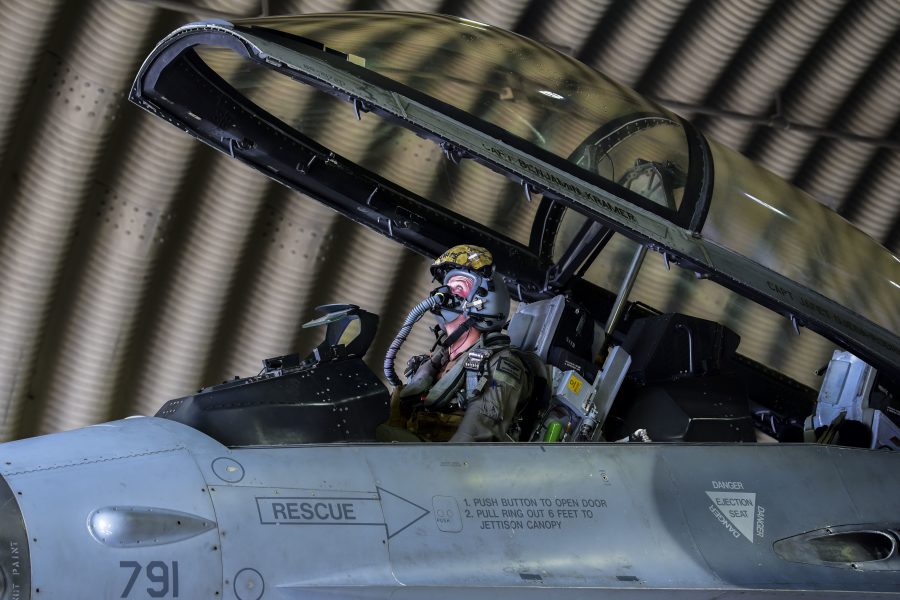The COVID-19 pandemic’s impact on the commercial airline industry means Air Force pilot retention—a big problem earlier in the year—is in a relatively good position, but the service still needs to prepare for empty cockpits when the economy comes back.
Air Force Chief of Staff Gen. Charles Q. Brown Jr., speaking Oct. 28 at the virtual Airlift/Tanker Association Conference, said the downturn in the industry means USAF is doing a “pretty good” job keeping its pilots around. Before the pandemic hit in March, the service said it was still short about 2,100 pilots. Brown did not provide an update on that number, but said, “Retention is always a challenge, it ebbs and flows with the economy.”
The Air Force keeps a chart that has a “red line” showing the amount of pilots it needs, and a “blue line” showing how many pilots it has, and “those lines never meet,” he added.
Brown is meeting with the A3 Operations, Plans, and Requirements office to determine steps to take, and the upcoming aircrew summit in December will include discussions on issues such as the shortfall. While he doesn’t have a “crystal ball” to predict the Air Force’s specific steps in the future, the service is undergoing some steps now to alleviate the potential return of a big pilot shortfall.
Specifically, the Air Force is focused on production. “If you produce more, retention becomes less of a problem,” he said.
Air Education and Training Command is pushing ahead on initiatives such as Pilot Training Next and Undergraduate Pilot Training 2.5, using new technologies like virtual reality to streamline pilot training. These steps “help in some cases with production,” he said.


